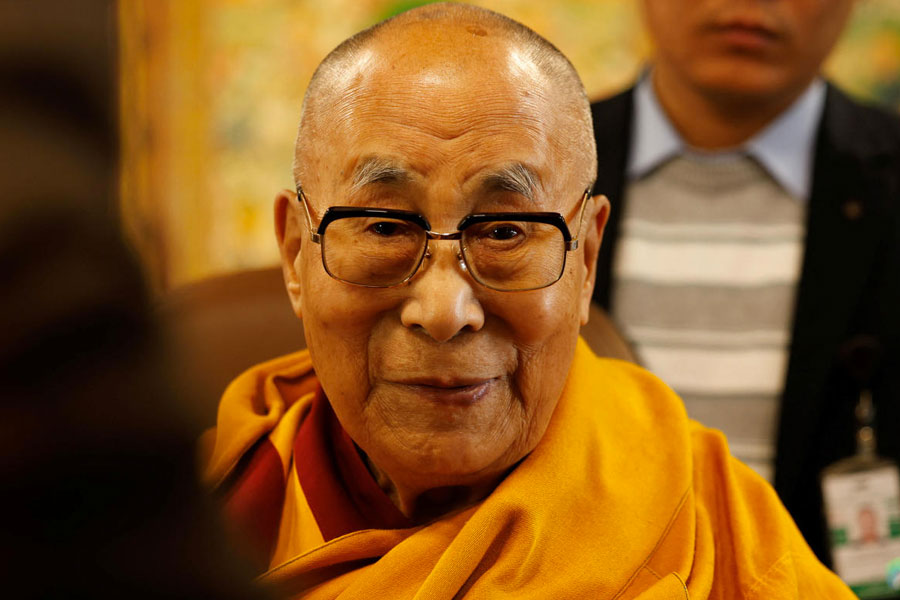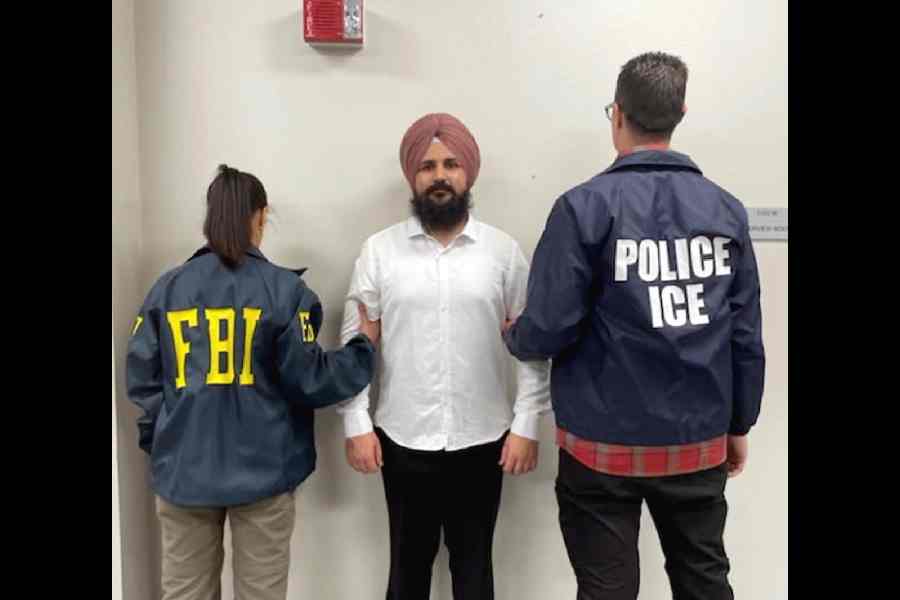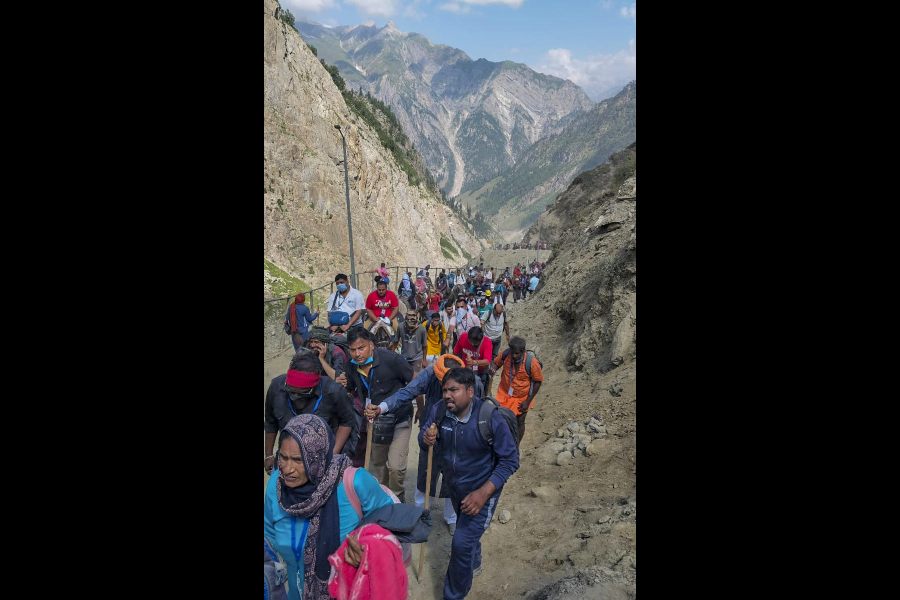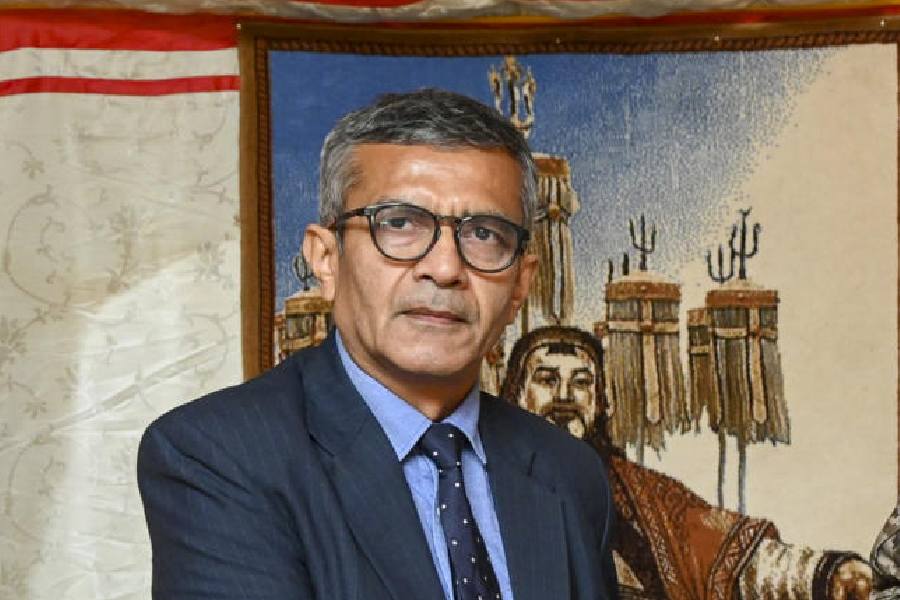 |
| A Pakistani girl pays tribute to those who lost their lives in the Airblue Flight 202 crash at Margalla Hills point in Islamabad. File picture |
Islamabad, Aug. 8: Last month’s Islamabad plane tragedy that killed 152 people has swivelled focus to a sphere in Pakistan that rarely occupies Indian mindspace: the western neighbour’s private airlines.
Pakistan opened its skies to private airlines about the same time as India, in 1993, but aviation experts here say the safety standards of domestic airlines — both private carriers and the state-run Pakistan International Airlines (PIA) — are far below than those in India.
The story of Pakistan’s private airlines had soured soon after Islamabad allowed five of them — Hajvairy, Bhoja, Safe Air, Shaheen Air and Aero Asia — to fly on domestic air routes.
All except Shaheen had to suspend operations within 10 years — Hajvairy in 1993 itself — over issues relating to safety, passenger convenience and financial difficulties.
Shaheen, the only one of them that owned its aircraft rather than having them on lease, survived with its 12 Boeing 737-200s and even began operating on international routes, mostly in West Asia. It now plans to expand operations to Europe with the induction of wide-body jets.
Airblue, the airline involved in the Islamabad crash, began operations in June 2004 with three leased Airbus A320-200s and later expanded the fleet by adding two Airbus A321s. The airline became popular because it flew the latest planes, though its in-flight service was not as attractive as that of Shaheen and PIA, which mostly operates outdated planes including Boeing 747s, 737-200s and Airbus A310s.
“People prefer Airblue, which also flies to several West Asian cities, because it has new planes and offers competitive fares,” aviation expert Zaki Niazi told The Telegraph. He said Airblue did not offer meals to passengers unlike Shaheen and PIA, and that its only “plus point” was new aircraft, perceived to be more airworthy.
Another expert, though, questioned even Airblue aircraft’s airworthiness saying the condition of the planes’ inside was not good. As for PIA, most of its aircraft have poor seats, seat belts and meal tables.
Nor are the airlines meticulous about safety. For instance, experts are asking why the Airbus A321’s pilot had ignored air traffic control (ATC) instructions to fly to Lahore because of poor weather in Islamabad, and why he had entered the restricted area of Margalla Hills minutes before the crash.
PIA strictly follows ATC advice for landings and take-offs but the private airlines do not, an expert said.
Besides, the Airblue co-pilot was very young with only a few year’s experience. The experts said it was a mistake on the airline’s part to assign such a junior pilot to a route considered the most difficult for landings because of the ever-changing weather.
Industry sources said the private carriers hired staff on low-salary packages, which affected their overall performance.
Zaki cited one flagrant violation of aviation rules by Pakistani carriers. Airlines have to get their planes registered for certain domestic and international routes in the rest of the world including India, he said, which makes it binding on the operators not to shuffle the aircraft. But there is nothing of the sort in Pakistan, where airlines often switch aircraft from domestic to international routes.
“It’s because of poor airworthiness standards that we were asked not to fly outdated planes to European countries,” Zaki said, referring to a recent European Union landing ban on PIA’s aged 747s and Airbuses.
He said aviation rules, safety standards and security checks in India were far better “although India handles not only its own private airlines but huge international traffic”.
Hassan Rizvi, a senior executive in one of Pakistan’s leading travel agencies, Quality Aviation, said the Indian aviation industry was “much better than ours mainly because they follow rules and do not compromise on flight safety”.
Pakistani private airlines, Rizvi said, mostly relied on promotional fare discounts to earn profits but mostly offered substandard services.
For instance, if the PIA economy class fare for a one-way Karachi-Islamabad flight is a little over 9,000 rupees, Airblue’s is not more than 6,000 rupees and Shaheen’s about 5,000 rupees.
Yet the private carriers make huge profits by putting a hefty chunk of the fare under the head “fuel surcharge”, which goes straight to their pockets. For instance, for a 6,000- rupee ticket, something like 2,500-3,000 rupees is collected in the name of fuel surcharge and the government is paid just 600-650 rupees, an expert said.
The first Pakistani private carriers had been born on the crest of a privatisation drive in the early 1990s, with a full-fledged privatisation ministry and a privatisation commission. Now, efforts are under way to privatise Pakistan Railways and several other government units including fertiliser plants and Pakistan Steel Mills.
But the experiment with private airlines faced setbacks right from the start. Hajvairy went bankrupt the year it started. The civil aviation authority suspended Aero Asia’s operations over issues of safety and passenger convenience.
The airline used to overbook: for instance, when this correspondent once boarded one of its Karachi-Islamabad flights with his family, all the seats were already occupied. Aero Asia would cancel flights at the eleventh hour and its passengers regularly endured long delays — a problem not unheard-of in India.
Financial difficulties forced Bhoja Air to stop flying in 2001. It was unable to pay government taxes and even parking fees for its planes. Safe Air began operations in 1999 but closed down within a year because of unpaid taxes.










